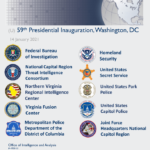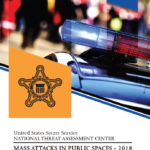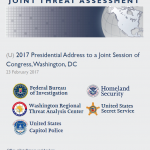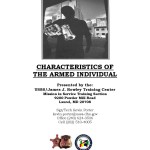
This Joint Threat Assessment (JTA) addresses threats to the 59th Presidential Inauguration taking place in Washington, DC, on 20 January 2021. This JTA is co-authored by the Federal Bureau of Investigation (FBI) and Department of Homeland Security (DHS)/US Secret Service (USSS), with input from multiple US Intelligence Community and law enforcement partners. It does not include acts of non – violent civil disobedience (i.e., protests without a permit), which are outside the scope of federal law enforcement jurisdiction.



